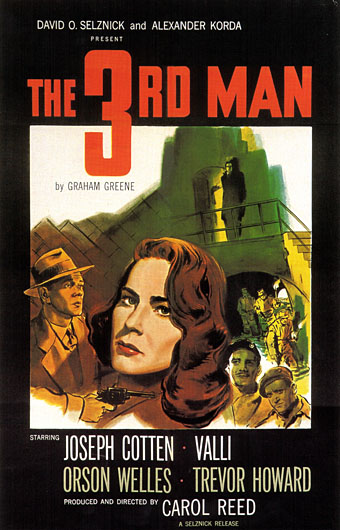
“For a while there I was criticized as being the vice president for torture. We don’t torture. That’s not what we’re involved in.” Vice President Dick Cheney, October 24th, 2006.
“In the “war on terror”, the US administration has resorted to secret detention, enforced disappearance, prolonged incommunicado detention, indefinite detention without charge, arbitrary detention, and torture or other cruel, inhuman or degrading treatment.” Amnesty International.
Today is the 120th anniversary of the dedication of the Statue of Liberty, that famous gift of the French to “the home of freedom”. One can only wonder what President Grover Cleveland would have made of the current White House incumbent when George Bush signed the Military Commissions Act into law recently, giving himself and future presidents the power to “indefinitely hold people without charge, take away protections against horrific abuse, put people on trial based on hearsay evidence, authorize trials that can sentence people to death based on testimony literally beaten out of witnesses, and slam shut the courthouse door for habeas petitions.” (Anthony D. Romero, American Civil Liberties Union Executive Director).
Now that the United States has taken yet another step towards becoming the kind of country it used to profess to despise, I thought it was time that the Statue of Liberty received a makeover, something more suited to the Neo-Stalinist nation that Bush and co have been busy creating. The challenge for America in the near future, if the Democrats manage to take back the White House in 2008, will be to reverse the course the country has been set upon since 2001. At the moment I’m too cynical to believe that there’ll be any immediate reversal of these policies. Parties in opposition always complain loudly about the ravaging of constitutions then find the new laws they were complaining about have all sorts of conveniences for them once they gain power. Have the Democrats the courage to face down more “terrorist sympathiser” bullshit? Time will tell.
In the same series: Blood Money 1, Blood Money 2, War®.
Update: seems like I missed George’s latest wheeze, signing a new law relaxing the restrictions on the President declaring martial law. We’re constantly told these days it’s hysterical to mention creeping fascism (and I usually agree with George Orwell that the “f” word trips off the lips too easily). Any bets on when the time will be right?




